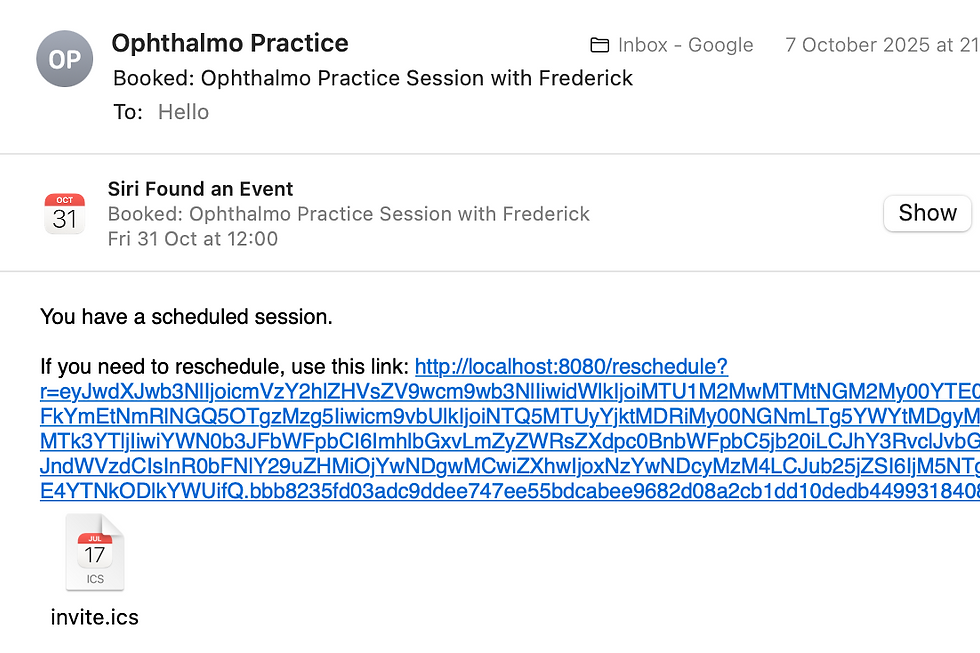Patient Communication AI Practice Hub
- Frederick Lewis
- Aug 30
- 2 min read
Updated: Oct 23
The Problem
For too long, education has focussed on the hard skills, the skills that are easy to quantify and measure. No one teaches us how to relate and communicate. It's expected that we already know. That we should have learnt what we needed in the playground, that this should be enough. Little is taught on it, but it's tested... a LOT. Both in the everyday life, and at key turning points. Both implicitly and explicitly.
There's no field in which communication matters more than healthcare. A miscommunication could lead to misdiagnosis, reduced life spans, unimaginable pain and suffering, or even not realising you are critically ill.
There is some work being done to help this. Guidance to doctors has only recently been updated to insist that they explicitly say the words 'die' and 'death', to prevent beating around the bush and issues that can be caused by a very classic British approach to communication.
Guidance to doctors has only recently been updated to insist that they explicitly say the words 'die' and 'death'.
The Solution
To help address this issue, I teamed up with some medical friends from uni to develop a training platform 'OpthalmoPrep'. Our target entry market is Ophthalmology trainees (eye doctors) who need to practice patient communication skills for specialty training interviews. We are looking to scale this to other disciplines.
The key features are:
Scheduling between users to meet
Meeting during which users role play patient interaction
Meetings are recorded and assessed by an LLM to highlight strengths and weaknesses
Scheduling


Meeting



Assessment



